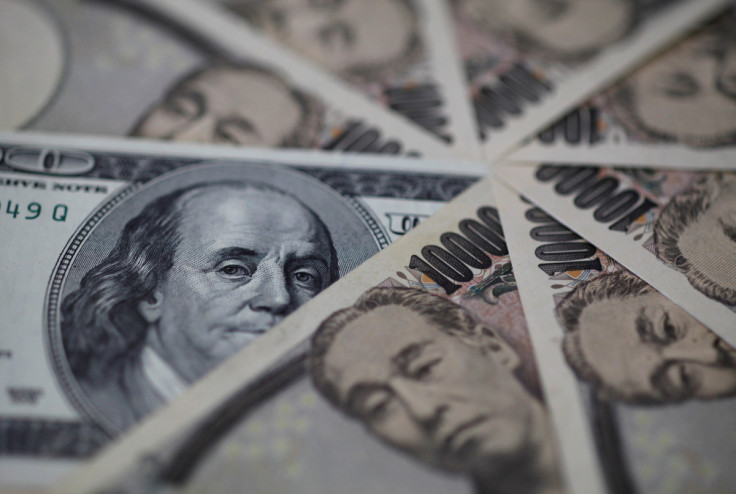Dollar Subdued Ahead Of Fed Minutes, Yen At 6-mth High

The U.S. dollar eased on Tuesday as investors awaited the minutes from the last U.S. Federal Reserve policy meeting, and the yen was its strongest in six months amid speculation that the Bank of Japan might move away from its ultra-easy policy.
The dollar index, which measures the greenback against six major currencies, has made a subdued start to 2023 and was last down 0.096% at 103.540. The dollar index rose 8% last year in its biggest annual jump since 2015 on the back of the Fed raising interest rates to tackle inflation.
The yen strengthened 0.65% to 129.88 per dollar, its strongest since June, though it lost 12% against the dollar in 2022.
Speculation that the BOJ was set to start shifting off its ultra-loose policy flared when the central bank widened the yield cap range on 10-year Japanese government bonds (JGBs) last month, and it was further fuelled by a Nikkei report on Saturday that the BOJ was considering raising its inflation forecasts in January to show price growth close to its 2% target in fiscal 2023 and 2024.
"The market obviously wants to believe that tinkering with the yield curve cap is not once and done," Moh Siong Sim, currency strategist at Bank of Singapore, adding that the market was looking for further signals that there would be more tweaks to the yield curve control settings.
Investor attention this week is fixed on the minutes of the Fed's December policymaking meeting, which are due to be released on Wednesday, with traders looking for clues to what rate path is likely to be taken in 2023.
The U.S. central bank raised interest rates by 50 basis points last month after delivering four consecutive 75-basis point hikes in the year, but has said it may need to keep interest rates higher for longer to tame inflation.
Citi strategists said the minutes could reveal more divergence between doves and hawks regarding how high the terminal rate should go.
"We will also be looking for any guide on what could determine the size of the hike at the February meeting, but would not expect any concrete guidance," Citi said, adding they continue to expect a 50 basis points hike in February.
The dollar is likely to consolidate as "market activity gradually picks up this week," said Christopher Wong, currency strategist at OCBC Bank in Singapore.
U.S. payrolls data, due to be released on Friday, is expected to show that the labour market remains tight.
ING economists said in a note that the Fed had talked up the importance of the payrolls data for the inflation outlook, but they noted that wage growth had not caused the inflation and it would not be the reason that it ultimately falls.
Meanwhile, China's factory activity shrank for the third straight month in December and at the sharpest pace in nearly three years as COVID infections swept through production lines after Beijing's abrupt reversal of anti-virus measures.
The offshore Chinese yuan fell 0.45% versus the greenback at $6.8954 per dollar.
The Australian dollar fell 0.06% versus the greenback at $0.680, while the kiwi rose 0.10% at $0.632.
The euro was up 0.09% to $1.0672, while sterling was last trading at $1.2076, up 0.26% on the day.
© Copyright Thomson Reuters 2024. All rights reserved.











